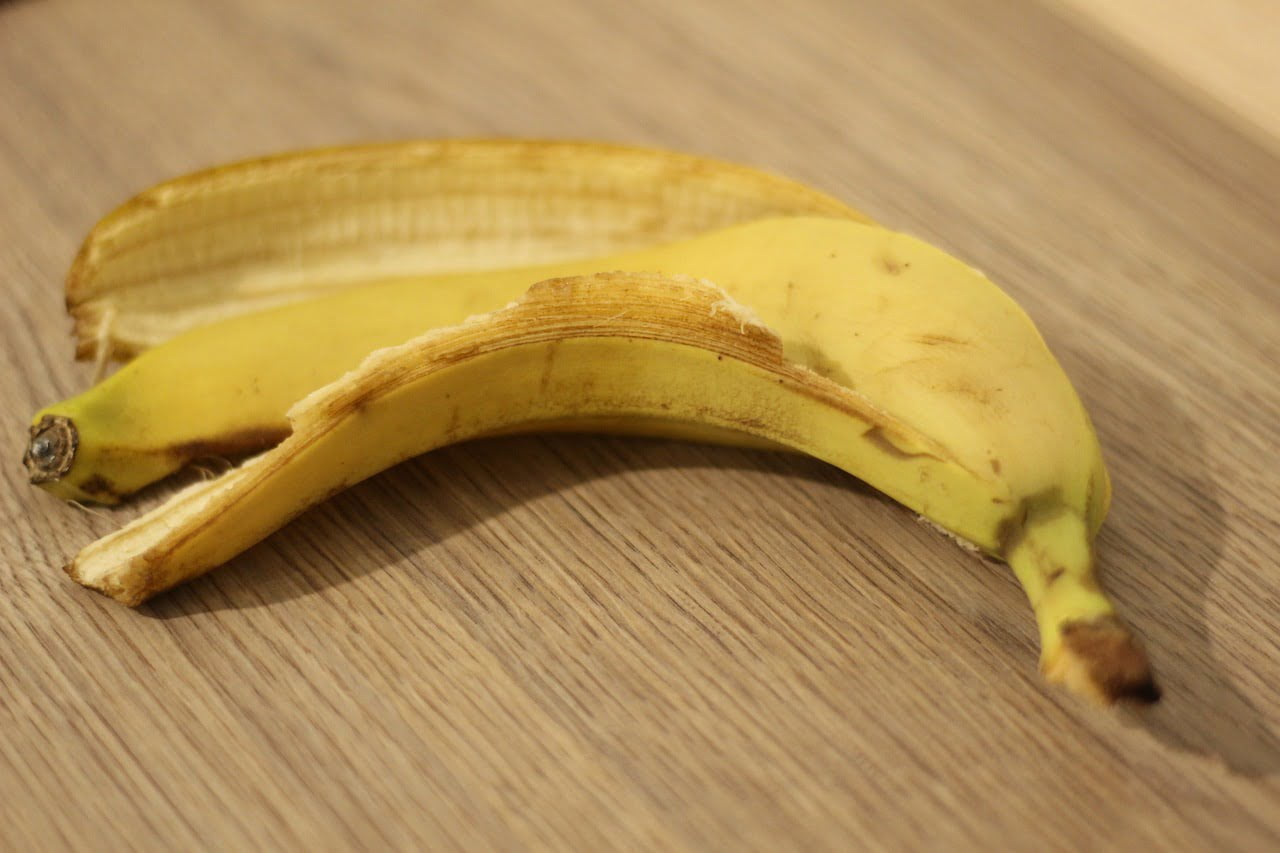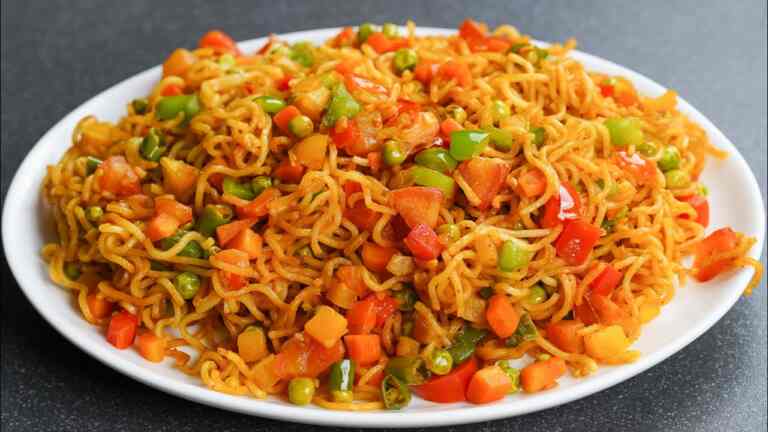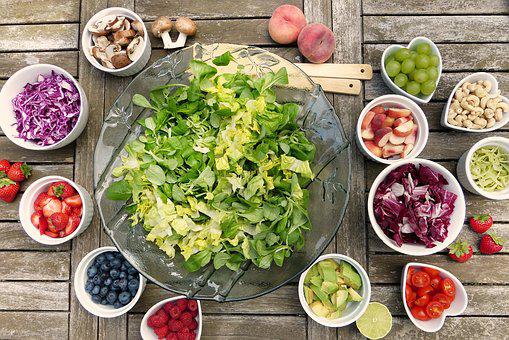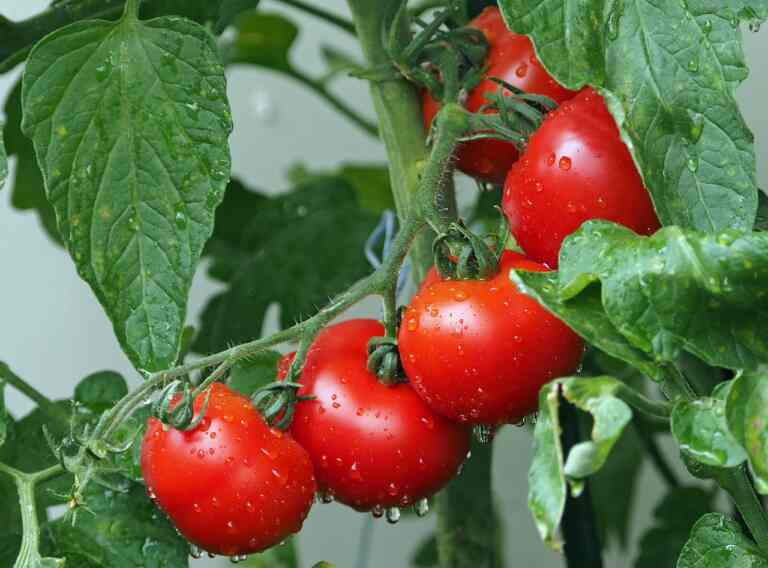Can we eat banana peels?
Bananas are one of the most popular and widely consumed fruits in the world. They are not only delicious but also packed with essential nutrients like potassium, vitamin C, and dietary fiber. While most people enjoy the sweet and creamy flesh of the banana, there is a growing interest in whether or not the banana peel is edible. Can we eat banana peels? This question has sparked curiosity and debate among food enthusiasts and health-conscious individuals. In this article, we will explore the potential benefits and risks associated with eating banana peels.
The Nutritional Value of Banana Peels
Contrary to what many may think, banana peels are not only edible but also contain several nutrients that can be beneficial to health. Here’s a breakdown of their nutritional value:
- Dietary Fiber: Banana peels are rich in dietary fiber, particularly soluble fiber. Soluble fiber can help regulate digestion, promote a feeling of fullness, and stabilize blood sugar levels.
- Vitamins: Banana peels contain small amounts of vitamins, including vitamin A and vitamin C. While the levels are not as high as in the fruit itself, they still contribute to your overall nutrient intake.
- Antioxidants: Banana peels contain antioxidants like polyphenols and carotenoids. These compounds can help protect your cells from oxidative stress and inflammation.
- Minerals: The peel contains minerals such as potassium and magnesium, although the concentration is lower compared to the fruit’s flesh.
Potential Health Benefits
- Improved Digestion: The high fiber content in banana peels can aid in digestion and prevent constipation. It can also promote a healthy gut microbiome.
- Reduced Cholesterol: Some studies suggest that the soluble fiber in banana peels may help lower cholesterol levels, which can contribute to heart health.
- Weight Management: Eating foods high in fiber can help you feel full, which may aid in weight management by reducing overall calorie intake.
- Antioxidant Benefits: Antioxidants in banana peels may protect against certain chronic diseases and promote overall health.
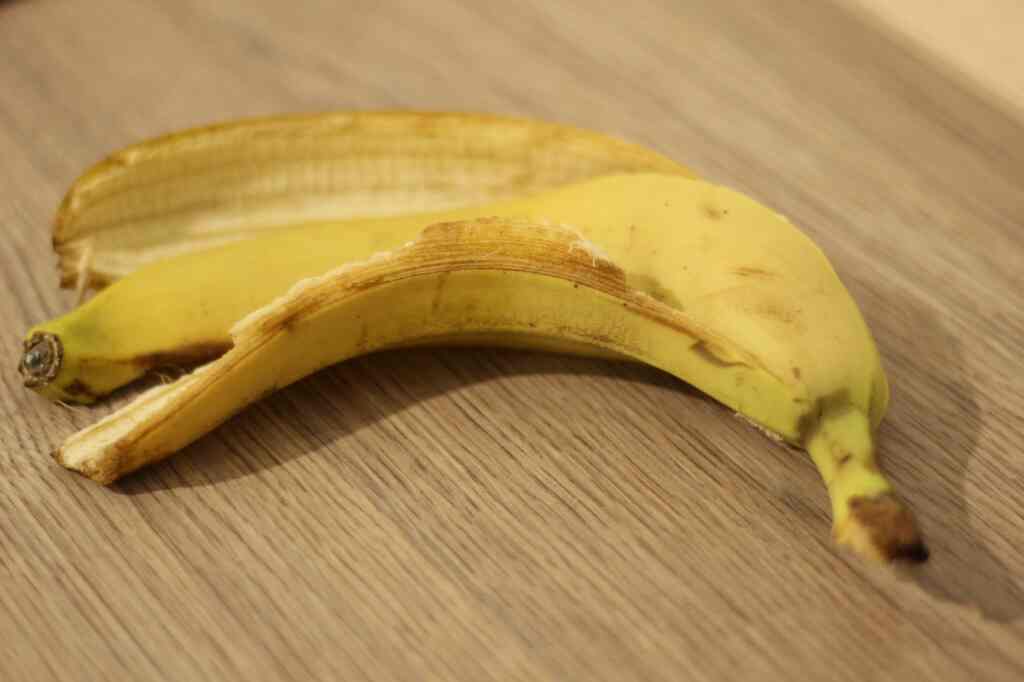
Ways to Consume Banana Peels
If you’re interested in incorporating banana peels into your diet, here are some ways to do it:
- Smoothies: Blend small pieces of banana peel into your favorite smoothie for added fiber and nutrients.
- Boiling: Boiling banana peels can make them softer and easier to eat. Some people also use boiled banana peels as a base for soups or stews.
- Frying: Fried banana peels can be a tasty snack when seasoned and cooked to a crisp.
Risks and Considerations
While banana peels offer nutritional benefits, there are some important considerations:
- Pesticides: Conventionally grown bananas may have pesticide residues on their peels. Consider buying organic bananas or washing and scrubbing the peels thoroughly before consumption.
- Taste and Texture: Banana peels have a bitter taste and a somewhat tough texture, which may not be appealing to everyone.
- Allergies: Some individuals may be allergic to banana peels, just as they can be allergic to the fruit itself. If you experience any adverse reactions, discontinue consumption.
Conclusion
In conclusion, yes, you can eat banana peels, and they offer various nutritional benefits. However, they may not be to everyone’s taste, and precautions should be taken to ensure they are free from pesticides. If you’re intrigued by the idea of eating banana peels, consider incorporating them into your diet in creative and tasty ways. Ultimately, the decision to consume banana peels is a matter of personal preference and should be done in moderation as part of a balanced diet.
This article is reviewed by Russel, before publishing. If you have any doubt, you can contact us or consult with your nearby doctor. Remember, in medical matters, there is no same advice, cure, and medicine for all.

